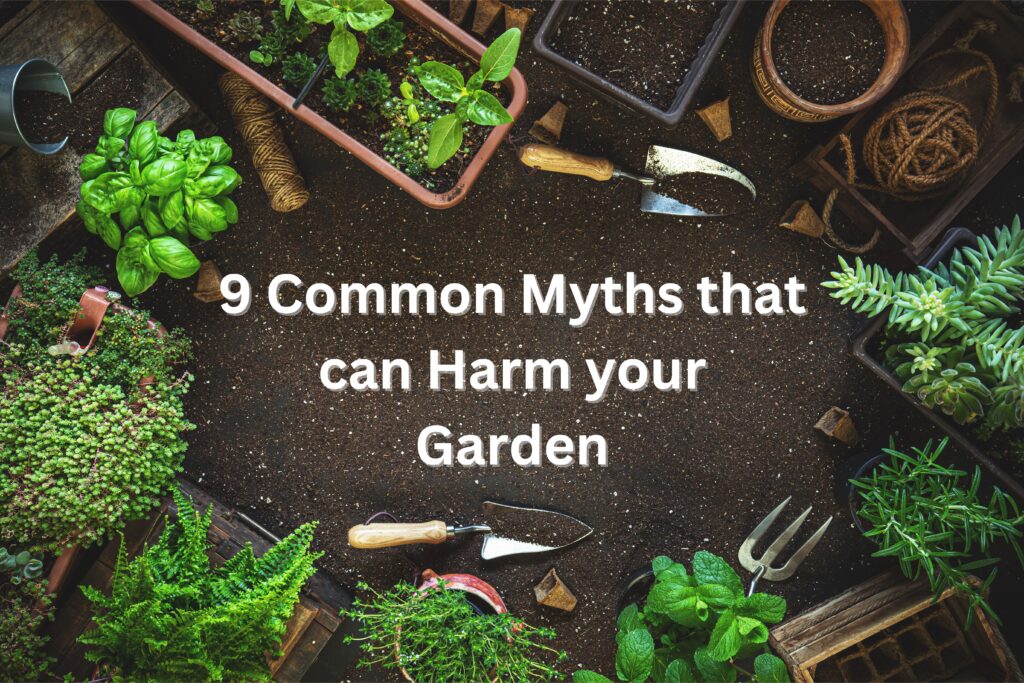Table of Contents
1. Myth: You Can’t Garden Without Chemical Fertilizers
Truth: It’s a common misconception that chemical fertilizers are essential for a healthy and vibrant garden. While these fertilizers may provide a quick boost, they can degrade soil health over time by disrupting the balance of microorganisms and beneficial fungi. Organic options such as compost, bone meal, and worm castings are not only more sustainable but also enrich the soil with nutrients over time, promoting long-term fertility. In addition, excessive reliance on chemical fertilizers can contribute to water pollution when runoff carries these chemicals into rivers and lakes.
Better Practice: Focus on building healthy soil by adding organic matter regularly. Test your soil to understand its specific needs, and use targeted organic fertilizers when necessary.
2. Myth: Coffee Grounds Are a Universal Fertilizer
Truth: Coffee grounds are often touted as a magic ingredient for gardens, but their benefits are limited. While they contain nitrogen and can be helpful for acid-loving plants like blueberries, using them excessively or directly can lead to imbalances in soil pH. Fresh coffee grounds are highly acidic, and even spent grounds can sometimes inhibit the growth of certain plants.
Better Practice: Compost coffee grounds before adding them to your garden. This process neutralizes their acidity and allows them to contribute to nutrient-rich compost that benefits all plants. If you’d like to explore options about planting preparation, then read our blog 4 Tips For Preparing Your Garden For Spring [Quick Cheat Sheet].
3. Myth: Watering Plants in the Sun Causes Leaf Burn
Truth: Many gardeners avoid watering plants during the day for fear that droplets of water will act like magnifying glasses and scorch the leaves. However, scientific studies have shown that this is not a significant risk. The real concern with midday watering is water loss due to evaporation, which makes it less efficient.
Better Practice: Water your plants early in the morning or in the evening to ensure the soil retains moisture and plants have time to absorb water before the heat of the day.
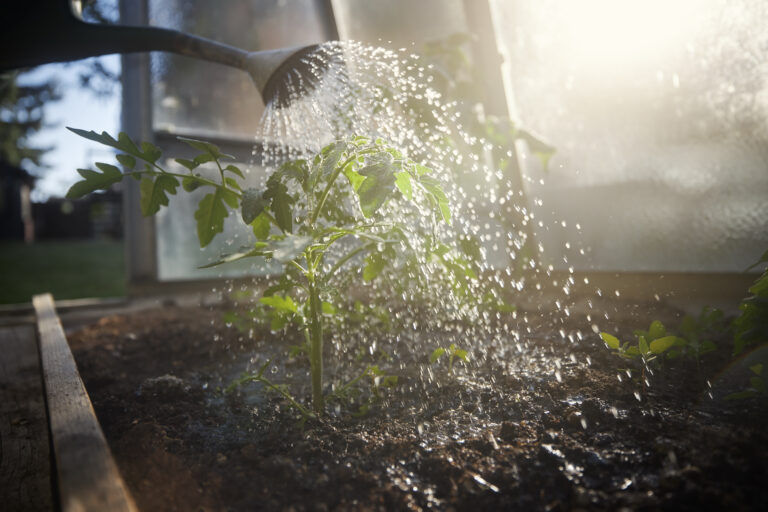
4. Myth: Plants Need Daily Watering
Truth: Overwatering is a common mistake that can lead to a host of problems, including root rot, fungal diseases, and nutrient leaching. Most plants prefer infrequent, deep watering that encourages roots to grow deeper into the soil. Daily watering can create shallow root systems, making plants more vulnerable to drought and stress.
Better Practice: Water only when the soil is dry a few inches below the surface. Use mulch to retain moisture in the soil and reduce the frequency of watering.
5. Myth: Adding Sand Fixes Clay Soil
Truth: This is one of the most persistent myths in gardening. Adding sand to clay soil does not improve its texture; instead, it often results in a dense, concrete-like mixture that is even harder for plants to grow in. Clay soil requires organic matter to improve its structure, allowing better water drainage and air circulation.
Better Practice: Incorporate plenty of organic matter, such as compost or aged manure, into clay soil. Over time, this will improve its fertility and drainage.
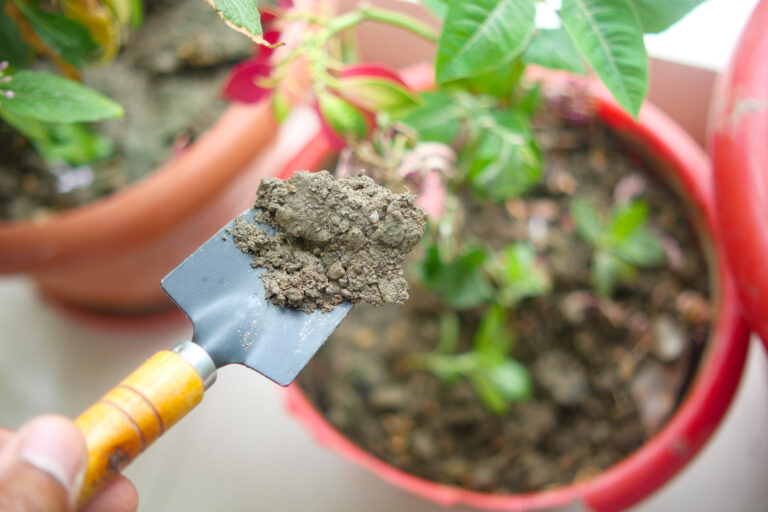
6. Myth: More Fertilizer Means Healthier Plants
Truth: Excess fertilizer doesn’t equate to better growth. Over-fertilizing can lead to a toxic buildup of nutrients, causing leaf burn, stunted growth, or even plant death. It can also harm the environment by contributing to nutrient runoff and algal blooms in nearby water sources.
Better Practice: Always follow the recommended application rates for fertilizers. Test your soil regularly to determine nutrient levels and only apply what’s needed.
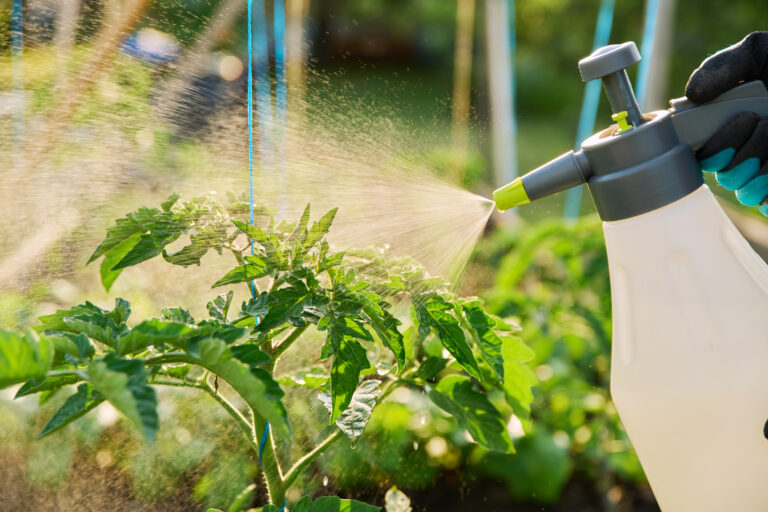
7. Myth: All Bugs Are Bad for Your Garden
Truth: Not all insects are pests. In fact, many bugs play vital roles in the ecosystem of your garden. For instance, ladybugs and lacewings are natural predators of aphids, while bees and butterflies help pollinate flowers. Even some garden pests can be tolerated in small numbers as part of a balanced ecosystem.
Better Practice: Learn to identify beneficial insects and encourage them in your garden by planting diverse flowering plants. Use integrated pest management techniques to minimize harm to non-target species.
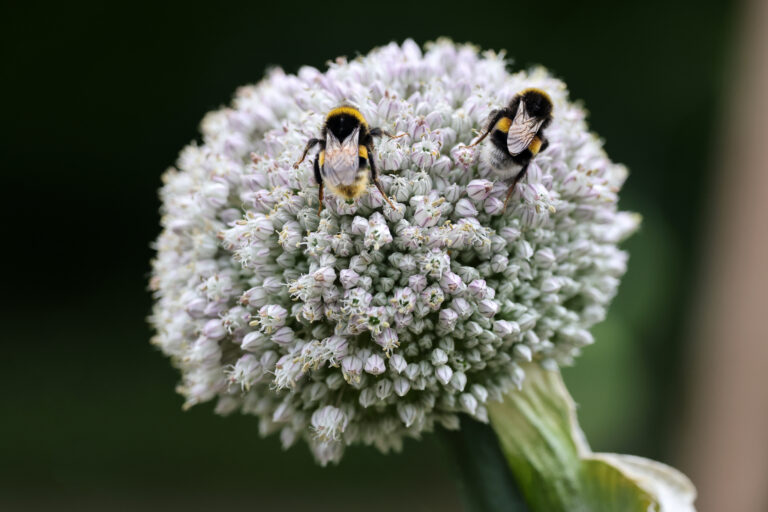
8. Myth: Native Plants Don’t Need Maintenance
Truth: Native plants are often promoted as low-maintenance options because they are adapted to local conditions. However, this doesn’t mean they are maintenance-free. Like all plants, they need care, especially during their establishment period. Factors like competition from weeds, pests, and drought can still affect their growth.
Better Practice: Provide native plants with proper care during their early growth stages, including watering and mulching. Once established, they will require less attention but may still need occasional pruning and care.
9. Myth: You Should Always Stake Your Trees
Truth: Staking trees is sometimes necessary for young saplings in windy areas, but doing so excessively or for too long can weaken the trunk. Trees that are staked too tightly or for too long don’t develop the strength to stand on their own, making them more vulnerable to damage when stakes are removed.
Better Practice: Stake trees only if absolutely necessary, and remove the stakes after one growing season to encourage natural growth and strength.



